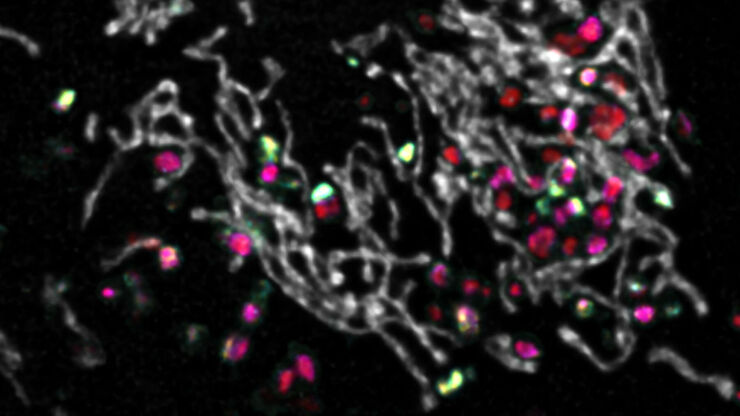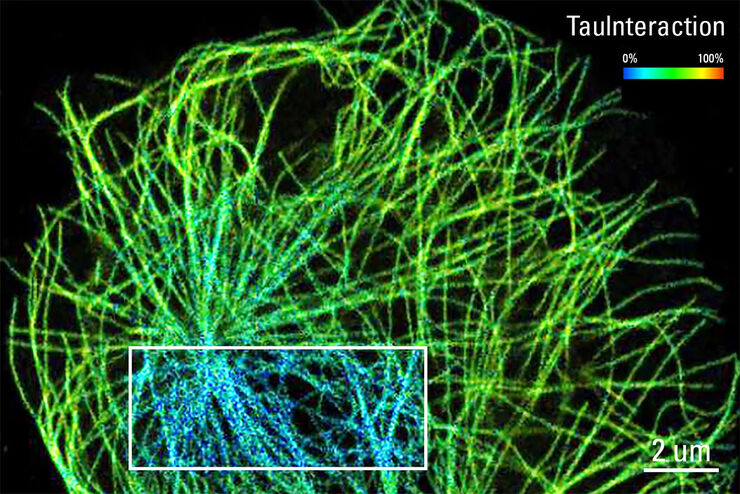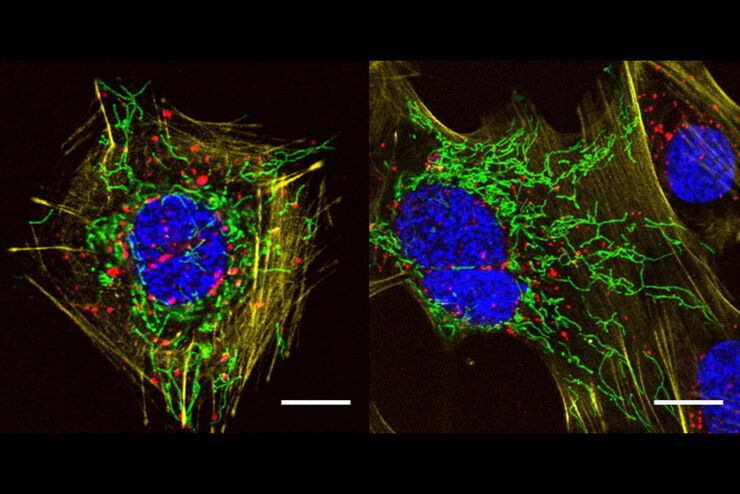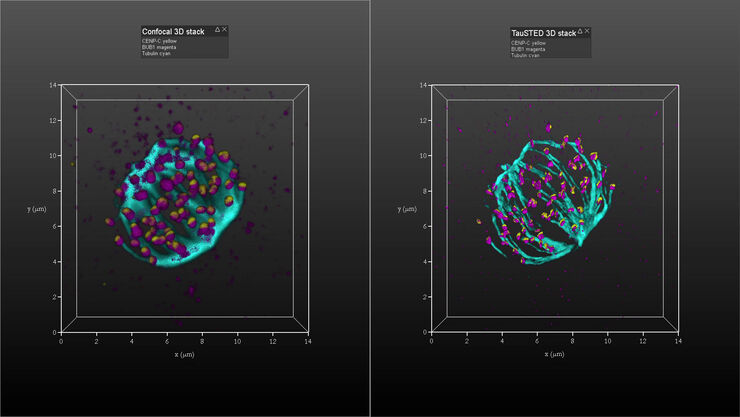Julia Roberti , Dr

Julia studied Chemistry at the University of Buenos Aires, where she worked on Photochemistry and Analytical Chemistry. She focused on the characterization of luminescence of lanthanide complexes, and on the development of boron quantification methods for boron neutron capture therapy (BNCT) of cancer. After graduating, she moved to Göttingen to carry out her doctoral research at the Max Planck Institute for Biological Chemistry. She developed in vitro and in situ fluorescence labeling strategies to elucidate the oligomerization and aggregation mechanisms of the Parkinson's disease-associated protein alpha-synuclein. In 2012, she joined EMBL as Humboldt postdoctoral fellow, and applied advanced confocal microscopy and nanoscopy imaging to study chromatin compaction at the interphase-to-mitosis transition. She joined Leica Microsystems in 2017 as Product Manager for advanced confocal imaging.





